Kingdom Protista
-
Protists Structure: unicellular and multicellular or colonial cellular (
can gather together)
-
There are three Groups of Protists:
- Animal, Plant, and Fungi like
-
There are three Groups of Protists:
Animal like
- Involves motility: in 3 different ways
- Flagella, cilia and amoebic movement
-
- Plates:
-
2.2


Trichonympha , multiflagellated protozoan found in guts of termites -
2.3

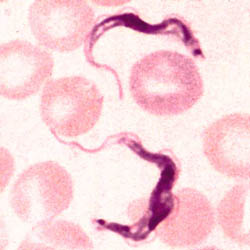
Trypanosoma brucei , flagellated, African sleeping sickness, spread by tsetse flies -
2.5


Amoeba proteus , freshwater amoeboid -
3.1

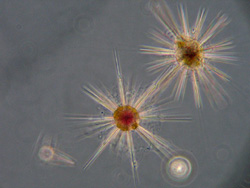
Radiolarians , marine protozoan, has siliceous shell -
3.3

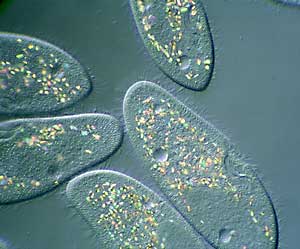
Paramecium , cilia can clearly see contractual vacuoles -
3.5

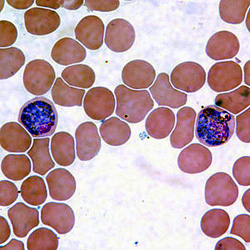
Plasmodium vivax , non-motile protozoan, cause malaria from anopheline mosquitoes
-
2.2
- Plates:
Plant like
- have chloroplast and cell walls
-
- Plates:
- 4.1

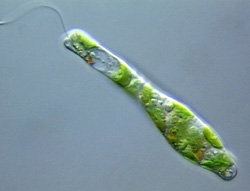
Euglena, photosynthesis, flagellated, has light sensitive “eye spot”, stores energy as paramylon granules - 4.3

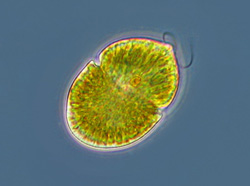
Gymnodinium , marine form has two flagella - 4.5

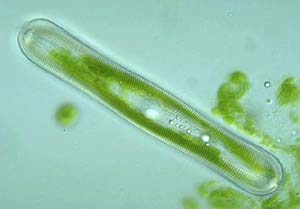
Pinnularia mobilis, cilia
- 4.1
- Plates:
Fungus like
-
Fungi looks fuzzy or hair, less uniform in shape,
- Found in: standing water, compost piles and leaf litter
-
- Plates:
- 5.1

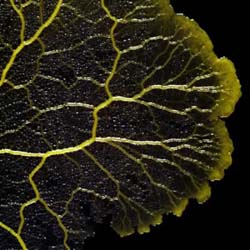
Physarum, slime mold, multinucleate amoeba - 5.3

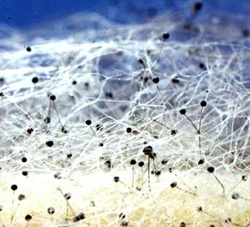
Rhizopus stolonifer, black bread mold, forms asexual pores
- 5.1
- Plates:
